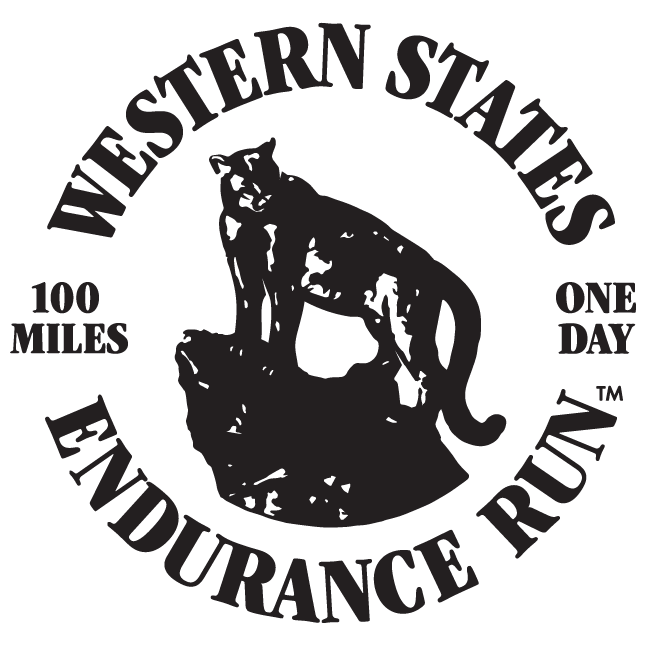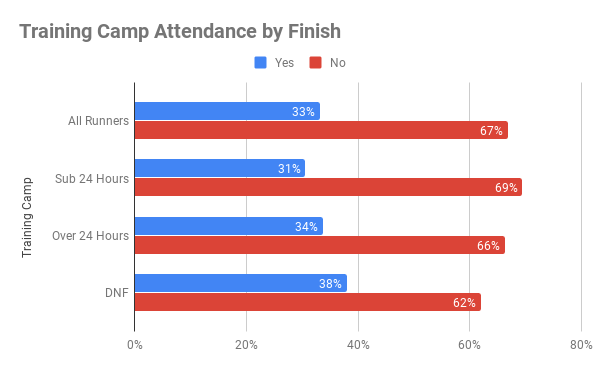The 2020 race lottery will be held on December 7, 2019 in front of a live audience at the Placer High School auditorium in Auburn, CA beginning at 8:30 a.m. PST. We expect to be done by 11:00 a.m. As names are pulled from the hat, they will be posted at https://www.ultralive.net/lottery as close to real-time as possible. There will also be a live video feed on our Facebook Page.
Demand for the race continues to grow. We have a record 6666 applicants entered in the 2020 race lottery — an increase of nearly 14% over the 5862 applicants for the 2019 race.
Each applicant ran a qualifying race of 100k or longer within the last year to be eligible to enter. Some have done so for many years. Each runner who enters the lottery and fails to gain entry into the Run (and otherwise doesn’t gain an entry via other means such as an aid station, sponsor, or HOKA ONE ONE Golden Ticket spot) will have additional tickets in the hat when entering the lottery the following year, thus improving the probability of being selected. Every lottery applicant will receive 2^(n-1) tickets in the hat where n is the number of consecutive years entering the lottery without gaining entry. That is, 1st year applicants = 1 ticket, 2nd year = 2 tickets, 3rd year = 4 tickets, 4th year = 8 tickets, and so on. The maximum number of years for the 2020 lottery is 8 years or 128 tickets.
You can view the 2020 applicants and their ticket counts. Applicants have until December 5 to notify us of any discrepancies. Here is the pdf of the tickets that will be printed, cut and then put into the barrel.
Beginning with the 2019 Lottery we introduced two different byes, or ways to sit out a lottery and not lose ticket counts. The generic One-Time Bye can be used by anybody for any reason as long as they have tickets to carry forward. This can only be used once in a lifetime and is only a one-year reprieve. The Pregnancy Lottery Deferral allows women with accrued lottery tickets who are pregnant or give birth during the qualifying period to re-enter either of the next two lotteries and maintain their consecutive lottery status. There is no limit to the number of times this can be used. Here are the lists of 2020 and 2019 Lottery Bye Declarations.
As we began in 2017, we are using a wait list model instead of overbooking like we had for decades to get the target 369 starters which is the number we are legally allowed to run through the Granite Chief Wilderness. 102 of those 369 are automatic entrants. 264 will be drawn in the lottery. The final three entrants to get to 369 will be drawn from those in the audience. We will also draw an additional 50 names for the ordered wait list. The probabilities of being selected as one of the 264 in the lottery or 50 on the wait list (314) are as follows:
- 9 runners with 128 tickets, each has a 80.4% chance of getting drawn
- 54 runners with 64 tickets, each has a 55.8% chance of getting drawn
- 126 runners with 32 tickets, each has a 33.5% chance of getting drawn
- 315 runners with 16 tickets, each has a 18.5% chance of getting drawn
- 549 runners with 8 tickets, each has a 9.7% chance of getting drawn
- 914 runners with 4 tickets, each has a 5.0% chance of getting drawn
- 1447 runners with 2 tickets, each has a 2.5% chance of getting drawn
- 3250 runners with 1 ticket, each has a 1.3% chance of getting drawn

So what are the chances of getting into the race if you are selected for the wait list? In 2019 the last person to get a spot on the starting line was drawn 31st. In 2018 the 36th person on the list got in, in 2017 the 39th person got in. Here is data for the 2019, 2018 and 2017 wait lists including when each runner was offered a spot.
Good luck to all.






















